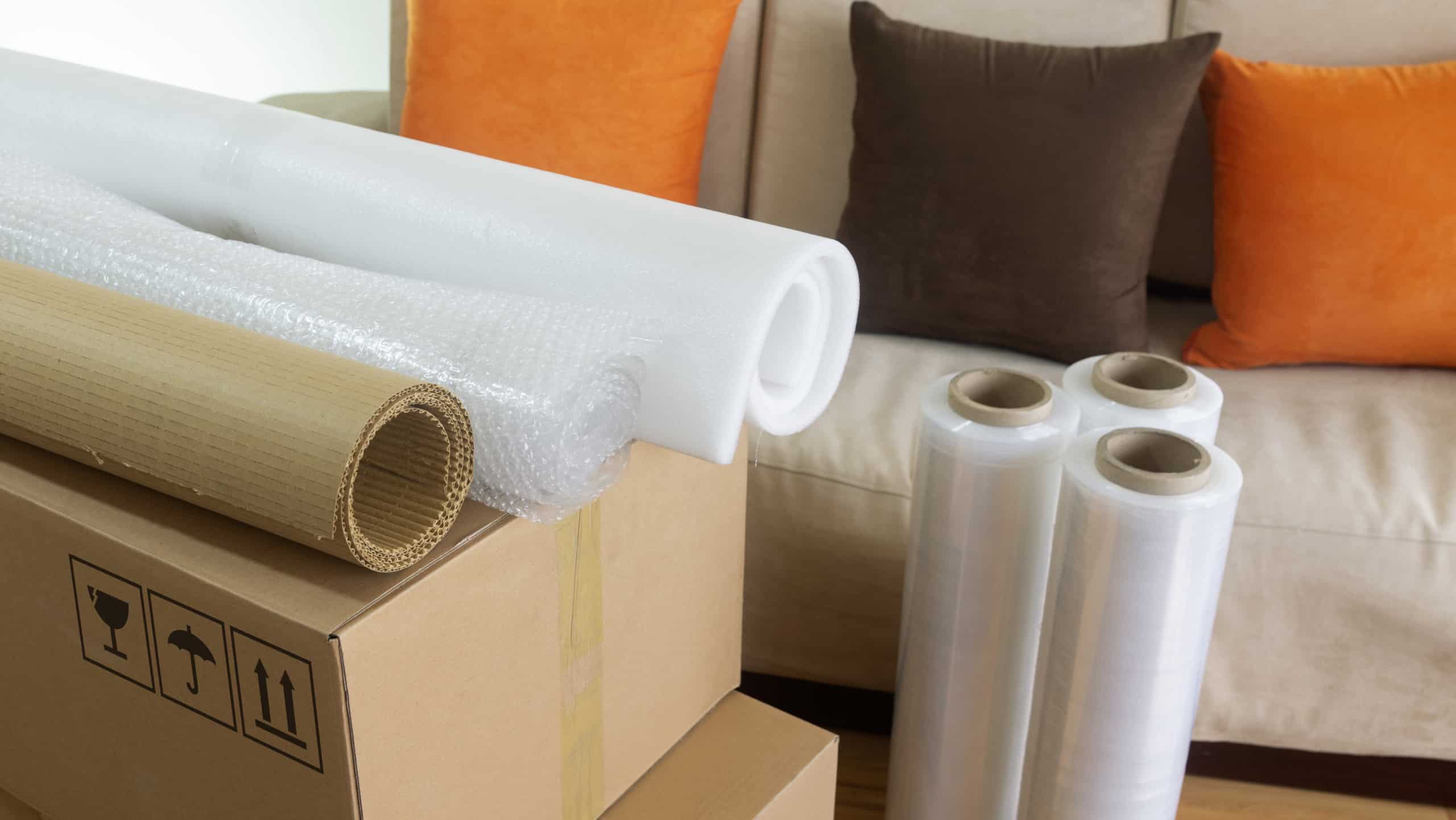If you find yourself in a situation where you need to store your possessions for an extended period, it’s essential to understand the factors that set long-term storage apart from short-term storage. Our 6 Essential Long-Term Storage Tips should get you started.
One of the primary considerations when selecting long-term storage is the type of items you are storing. For instance, if you are storing items sensitive to temperature and humidity fluctuations, such as artwork or musical instruments, you’ll want to choose a storage facility with climate-controlled units to prevent damage.
Another factor to consider is the level of security provided by the storage facility. When storing items for an extended period, it’s essential that you choose a facility with robust security measures, such as video surveillance, gated access, and on-site security personnel.
Additionally, when selecting long-term storage, it’s essential to consider the accessibility of your belongings; companies like SMARTBOX Storage offer convenient pickup and retrieval of items between storage, saving you the need to visit storage facilities. You’ll want to choose a facility that provides convenient and hassle-free services.
By taking these factors, 6 Essential Long-Term Storage Tips, into account, you can choose a long-term storage solution that meets your specific needs and provides you with peace of mind, knowing that your possessions are safe and secure. Especially the residences in London, where space can be limited.
When storing items for the long term, it’s critical to plan and take care of them properly. Whether you’re storing household items,
seasonal clothes, or essential documents, there are
6 Essential Long-Term Storage Tips—strategies that can help you make the most of your storage space. In this course, proper planning and care are crucial for long-term storage.
Whether you need to store household items, seasonal decorations, or essential documents, six key strategies can help you make the most of your storage space.
Here are some strategies to protect your items and keep them in good condition for future use: Proper planning, careful handling, appropriate labelling, selecting the right storage containers, considering the storage location, and ensuring proper ventilation. By following these guidelines, you can ensure that your items are well-protected and in good condition when you need them again.
1. Assess your storage needs: Evaluate the volume of items you need to store. Consider size, fragility, and how often you need to access them.
2. Choose the right storage option based on your requirements: Indoor storage units are secure facilities with small units that often have features like temperature control. Alternatively, you can opt for portable storage containers that are standard-sized and kept safe inside a storage facility.
3. Use high-quality packing materials: Use sturdy, clear containers to hold your belongings. Clear bins with solid sides and lids allow you to see what’s inside and maintain organization. Vacuum-seal bags for clothes and linens save space and protect against moisture, dust, and pests. Consider using acid-free tissue paper for delicate fabrics like silk or lace to prevent discolouration and dust.
4. Clean and mend: Ensure your items are clean, dry, and in good condition before storing them long-term. Launder or dry clean clothing and household textiles to remove stains and odours. Make necessary repairs to prevent further damage during storage.
5. Store in a cool, dry place: Fluctuating temperatures can lead to rising humidity, which may cause mould and mildew. Consider renting a self-storage unit if you lack a suitable home storage space. These units are spacious, clean, dry, and equipped with advanced security.
6. Sort and organize: Before storing items, categorize them and organize them by season, room, or other relevant criteria. Group clothing by season or purpose, making it easier to locate specific items later. Label everything and ensure your items are clearly labelled by either labelling boxes or maintaining a detailed inventory.


